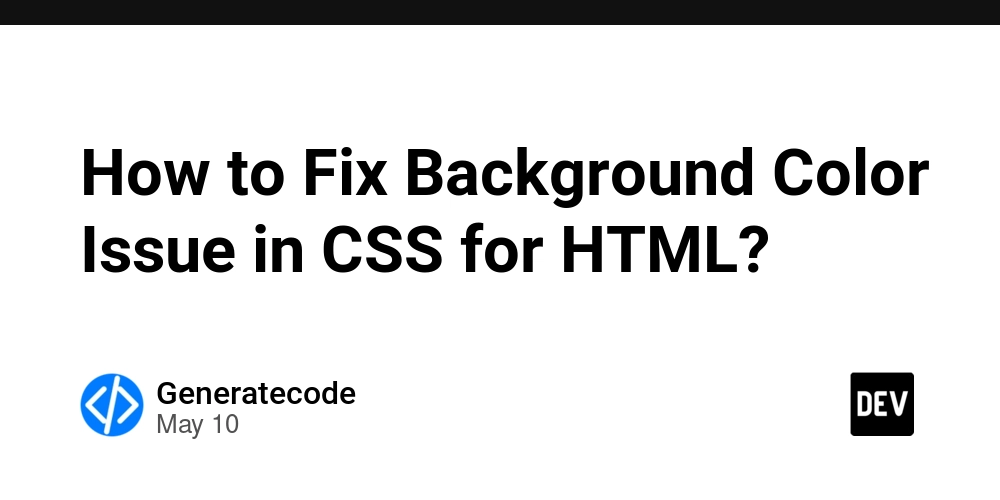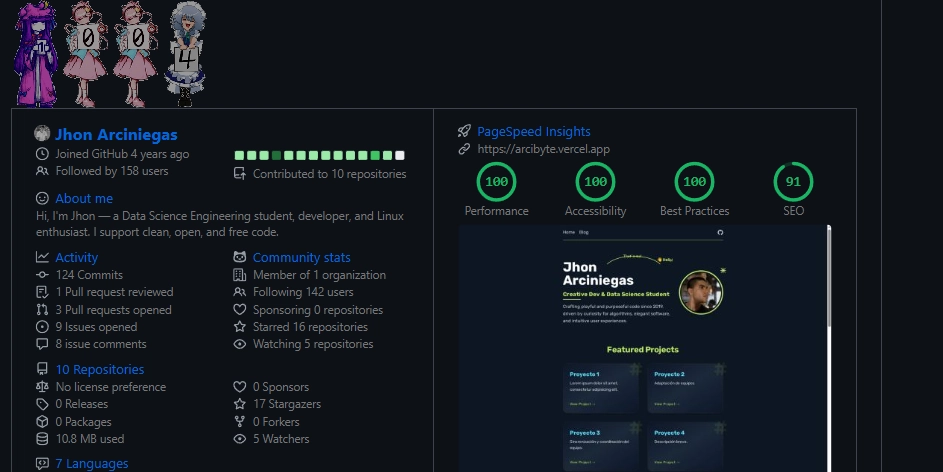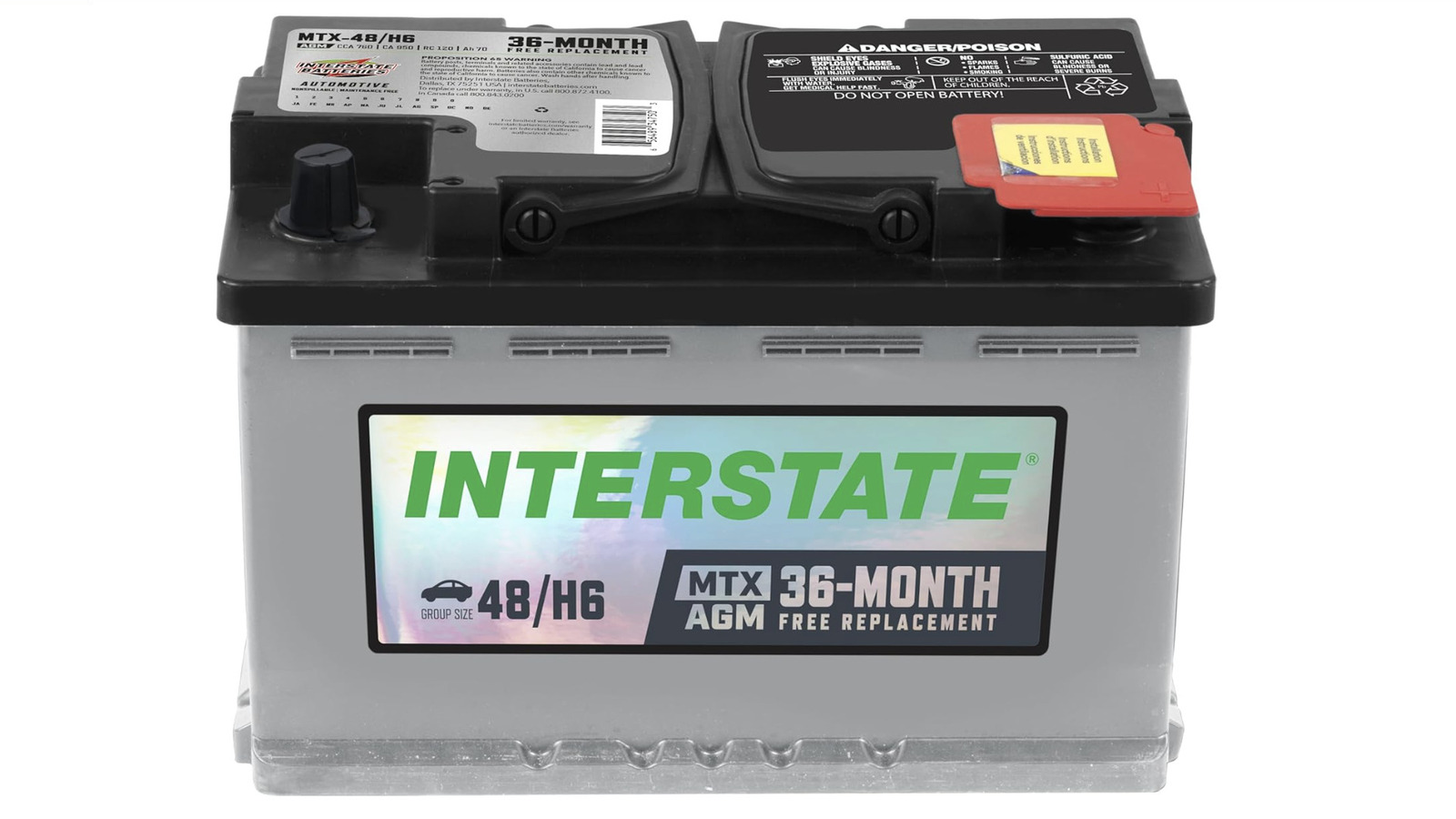A Beginner's Guide to Enums and Error Sets in Zig
Enums and error sets in Zig offer powerful ways to model states and failures with clarity and precision. In this tutorial, we’ll cover the basics, then walk through real-world uses of both types — and how they play nicely together. Step 1: Defining Enums Enums let you define a type with named values: const Direction = enum { North, South, East, West, }; You use them like this: const dir = Direction.North; Zig will guarantee at compile time that dir is one of the defined directions. Step 2: Switching on Enums Zig encourages exhaustive switching — the compiler checks for missing cases: switch (dir) { Direction.North => std.debug.print("Going up\n", .{}), Direction.South => std.debug.print("Going down\n", .{}), Direction.East => std.debug.print("Going right\n", .{}), Direction.West => std.debug.print("Going left\n", .{}), } If you forget a case, Zig will complain — and that’s a good thing. Step 3: Using Tagged Unions with Enums You can pair an enum with associated data: const Shape = union(enum) { Circle: f32, Square: f32, }; Now Shape can either be a Circle with a radius, or a Square with a side length: const s = Shape{ .Circle = 5.0 }; You can match and extract values: switch (s) { Shape.Circle => |r| std.debug.print("Circle radius: {}\n", .{r}), Shape.Square => |s| std.debug.print("Square side: {}\n", .{s}), } Step 4: Error Sets Error sets are custom error types. They're first-class citizens in Zig: const MyError = error{ NotFound, PermissionDenied, }; You can use them as return types: fn read() MyError!void { return MyError.NotFound; } And handle them with catch, try, or a switch: const result = read() catch |err| switch (err) { MyError.NotFound => std.debug.print("Missing file\n", .{}), MyError.PermissionDenied => std.debug.print("Access denied\n", .{}), }; ✅ Pros and ❌ Cons of Enums & Error Sets ✅ Pros:

Enums and error sets in Zig offer powerful ways to model states and failures with clarity and precision. In this tutorial, we’ll cover the basics, then walk through real-world uses of both types — and how they play nicely together.
Step 1: Defining Enums
Enums let you define a type with named values:
const Direction = enum {
North,
South,
East,
West,
};
You use them like this:
const dir = Direction.North;
Zig will guarantee at compile time that dir is one of the defined directions.
Step 2: Switching on Enums
Zig encourages exhaustive switching — the compiler checks for missing cases:
switch (dir) {
Direction.North => std.debug.print("Going up\n", .{}),
Direction.South => std.debug.print("Going down\n", .{}),
Direction.East => std.debug.print("Going right\n", .{}),
Direction.West => std.debug.print("Going left\n", .{}),
}
If you forget a case, Zig will complain — and that’s a good thing.
Step 3: Using Tagged Unions with Enums
You can pair an enum with associated data:
const Shape = union(enum) {
Circle: f32,
Square: f32,
};
Now Shape can either be a Circle with a radius, or a Square with a side length:
const s = Shape{ .Circle = 5.0 };
You can match and extract values:
switch (s) {
Shape.Circle => |r| std.debug.print("Circle radius: {}\n", .{r}),
Shape.Square => |s| std.debug.print("Square side: {}\n", .{s}),
}
Step 4: Error Sets
Error sets are custom error types. They're first-class citizens in Zig:
const MyError = error{
NotFound,
PermissionDenied,
};
You can use them as return types:
fn read() MyError!void {
return MyError.NotFound;
}
And handle them with catch, try, or a switch:
const result = read() catch |err| switch (err) {
MyError.NotFound => std.debug.print("Missing file\n", .{}),
MyError.PermissionDenied => std.debug.print("Access denied\n", .{}),
};
✅ Pros and ❌ Cons of Enums & Error Sets
✅ Pros:











































































































































































![[The AI Show Episode 146]: Rise of “AI-First” Companies, AI Job Disruption, GPT-4o Update Gets Rolled Back, How Big Consulting Firms Use AI, and Meta AI App](https://www.marketingaiinstitute.com/hubfs/ep%20146%20cover.png)



























































































































![[FREE EBOOKS] Offensive Security Using Python, Learn Computer Forensics — 2nd edition & Four More Best Selling Titles](https://www.javacodegeeks.com/wp-content/uploads/2012/12/jcg-logo.jpg)



![Ditching a Microsoft Job to Enter Startup Purgatory with Lonewolf Engineer Sam Crombie [Podcast #171]](https://cdn.hashnode.com/res/hashnode/image/upload/v1746753508177/0cd57f66-fdb0-4972-b285-1443a7db39fc.png?#)






























































































































































































































-xl.jpg)












![As Galaxy Watch prepares a major change, which smartwatch design to you prefer? [Poll]](https://i0.wp.com/9to5google.com/wp-content/uploads/sites/4/2024/07/Galaxy-Watch-Ultra-and-Apple-Watch-Ultra-1.jpg?resize=1200%2C628&quality=82&strip=all&ssl=1)













![Beats Studio Buds + On Sale for $99.95 [Lowest Price Ever]](https://www.iclarified.com/images/news/96983/96983/96983-640.jpg)

![New iPad 11 (A16) On Sale for Just $277.78! [Lowest Price Ever]](https://www.iclarified.com/images/news/97273/97273/97273-640.jpg)








































![Apple's 11th Gen iPad Drops to New Low Price of $277.78 on Amazon [Updated]](https://images.macrumors.com/t/yQCVe42SNCzUyF04yj1XYLHG5FM=/2500x/article-new/2025/03/11th-gen-ipad-orange.jpeg)



![[Exclusive] Infinix GT DynaVue: a Prototype that could change everything!](https://www.gizchina.com/wp-content/uploads/images/2025/05/Screen-Shot-2025-05-10-at-16.07.40-PM-copy.png)






![T-Mobile discontinues a free number feature but a paid alternative exists [UPDATED]](https://m-cdn.phonearena.com/images/article/170235-two/T-Mobile-discontinues-a-free-number-feature-but-a-paid-alternative-exists-UPDATED.jpg?#)

















































